With Covid-19 lockdown hitting some people very hard, it seems churlish to complain about its effects on me. It felt hard – no pub visits with friends, no limited time outdoors and so not much chance for nature photography and long walks with the dog, no rehearsing with C5 The Band nor the TyrannoChorus choir, no panto to plan for etc, like I say, relatively easy, but still hard.
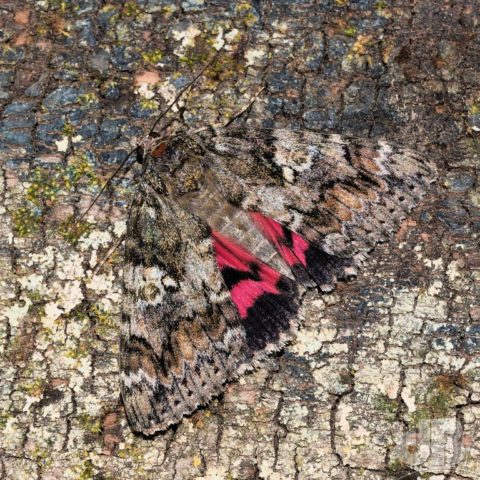
As such, I was really hoping for an exciting moth year to keep me sane, and I have had some crackers, but numbers and diversity seem to have been low…all I’ve really seen for the last couple of weeks are quite a few Large Yellow Underwings and Square Spot Rustics and little else.. They’re of interest in their own right, of course, but once you’ve seen a few dozen, you’ve seen them all.
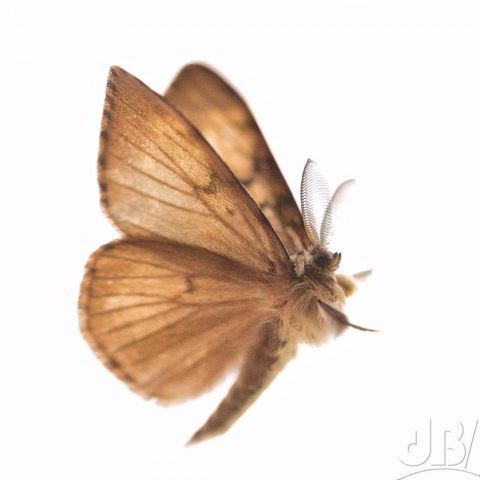
I am yet to see the so-called Blue Underwing, the Clifden Nonpareil, a beautiful and fascinating European species that seems to be spreading northwards (I hear they’ve been ticked in Shropshire now). It’s odd a fellow moth-er in this village had two of these a couple of weeks ago. I did see its relative the Dark Crimson Underwing a month before he did. That species is usually only seen in the New Forest but is also spreading its wings so to speak.
UPDATE: Clifden Nonpareil actually turned up at the end of September.
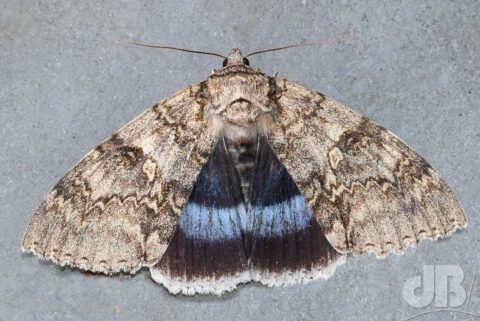
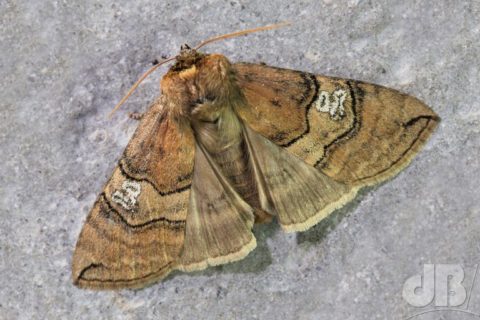
Anyway, without going into all the statistical detail of 250 or so species I’ve noted this year so far more than 30 of them were new for the garden (NFG), new to me (NTM), in fact, I’d not seen them live before. Where a name has “agg” that means aggregate and it is to mark those species that look superficially identical to others and cannot be separated into distinct species without dissection or DNA analysis.
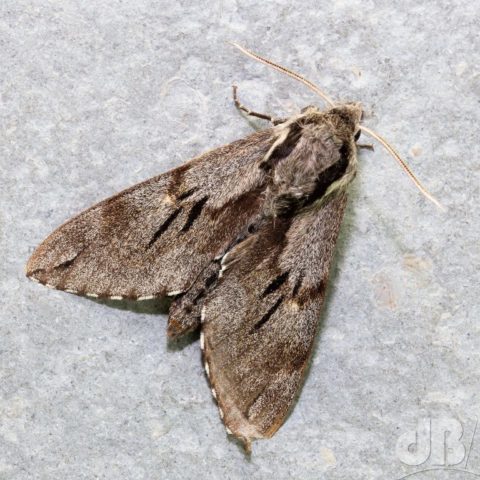
- Agonopterix heracliana-ciliella agg
- Beauty, Brindled (Lycia hirtaria, Clerck, 1759)
- Bell, Two-coloured (Eucosma obumbratana, Lienig & Zeller, 1846)
- Brindle, Clouded (Apamea epomidion, Haworth, 1809)
- Campion, The (Sideridis rivularis, Fabricius, 1775)
- Case-bearer, Coast Green (Coleophora amethystinella, Ragonot, 1885)
- Clifden Nonopareil (Catocala fraxini, Linnaeus 1758)
- Emerald, Common (Hemithea aestivaria, Hübner, 1789)
- Figure of Eighty (Tethea ocularis, Linnaeus, 1767)
- Footman, Orange (Eilema sororcula, Hufnagel, 1766)
- Hawk-moth, Pine (Sphinx pinastri, Linnaeus, 1758)
- Highflyer, May (Hydriomena impluviata, Denis & Schiffermüller], 1775)
- Knot Grass (Acronicta rumicis, Linnaeus, 1758)
- Knot-horn, Twin-barred (Homoeosoma sinuella, Fabricius, 1794)
- Knot-horn, Warted (Acrobasis repandana, Fabricius, 1798)
- Lackey, The (Malacosoma neustria, Linnaeus, 1758)
- Lozotaenia forsterana (Fabricius, 1781)
- Marble, Diamond-back (Eudemis profundana, Denis & Schiffermüller, 1775)
- Nutmeg, The (Anarta trifolii)
- Oegoconia agg. (Haworth, 1828)
- Pearl, Lesser (Sitochroa verticalis, Linnaeus, 1758)
- Pearl, Rusty Dot (Udea ferrugalis, Hübner, 1796)
- Pearl, Straw-barred (Pyrausta despicata, Scopoli, 1763)
- Pseudoswammerdamia combinella
- Ptycholoma lecheana
- Rustic, Brown (Rusina ferruginea, Esper, 1785)
- Rustic, Clancy’s (Caradrina kadenii, Freyer, 1836)
- Shears, Tawny (Hadena perplexa, Denis & Schiffermüller], 1775)
- Straw, Scarce Bordered (Helicoverpa armigera, Hübner, 1808)
- Tortrix, Red-barred (Ditula angustiorana, Haworth, 1811)
- Underwing, Dark Crimson (Catocala sponsa, Linnaeus, 1767)
- Webber, Juniper (Dichomeris marginella, Fabricius, 1781)